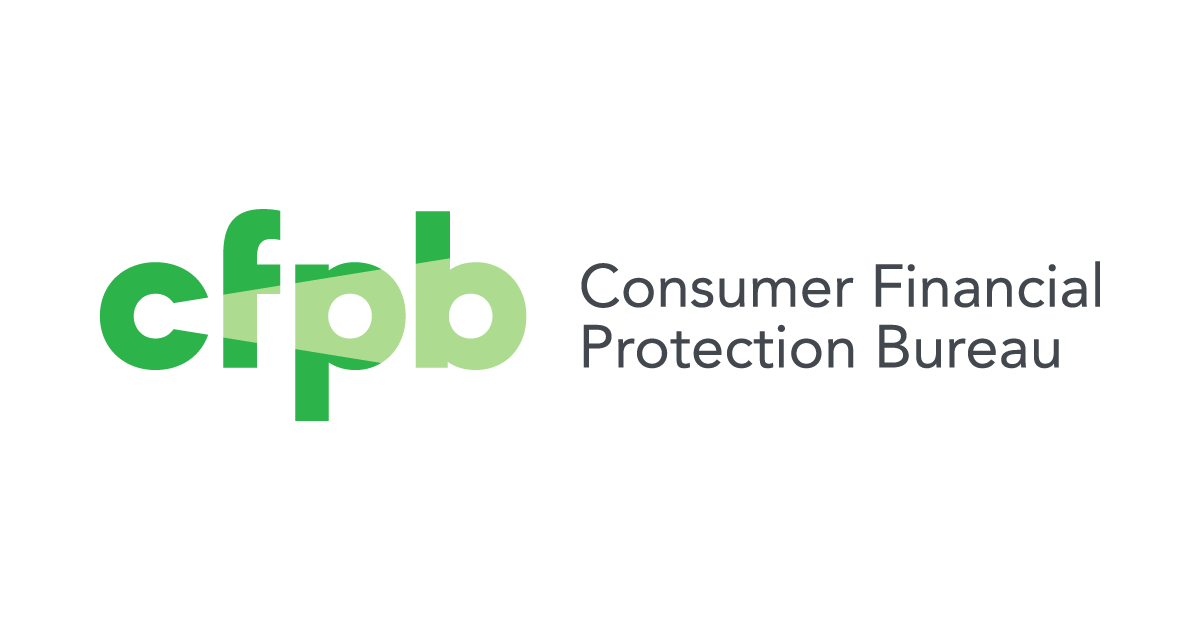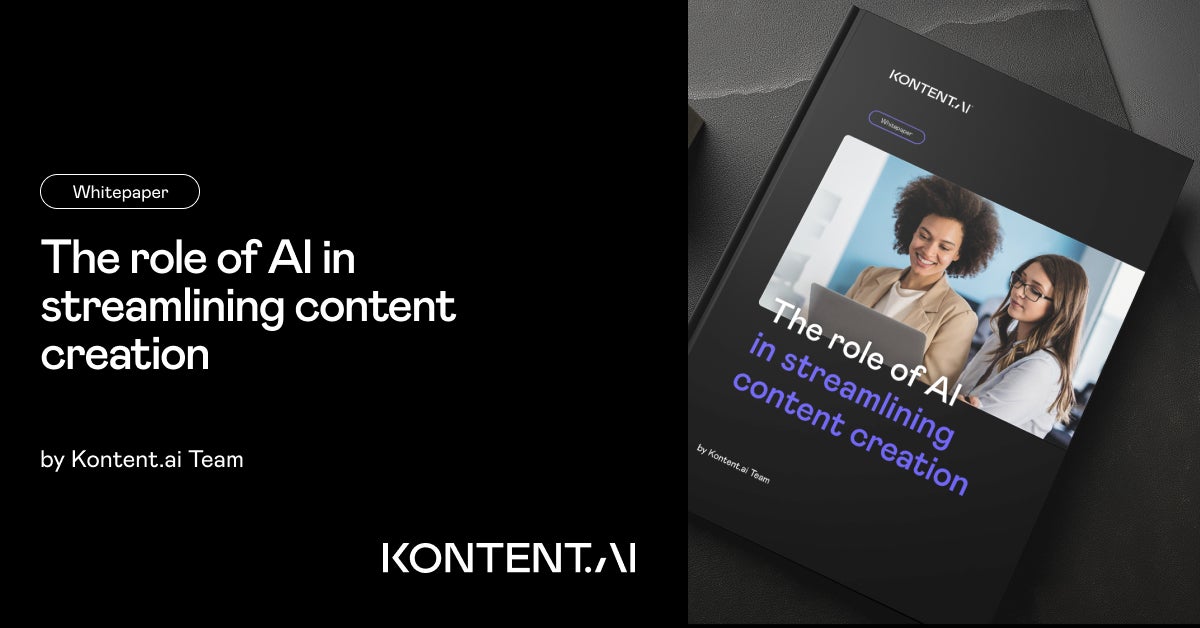- RESOURCES -
UCC Article 9 for Dummies
National Association of Credit Management (NACM) is the advocate for business credit and financial management professionals nationwide.......
nacm.org

Summer Series: An Introduction to Intercreditor Agreements - LSTA
......
www.lsta.org

§ 1006.34 Notice for validation of debts. | Consumer Financial Protection Bureau
§ 1006.34
is part of 12 CFR Part 1006 (Regulation F).
Regulation F is implemented by the Consumer Financial Protection Bureau.......
www.consumerfinance.gov

US Collateral Account Best Practices | Insights | Mayer Brown
......
www.mayerbrown.com
FRB: Staff Guidelines on the Credit Practices Rule
......
www.federalreserve.gov



